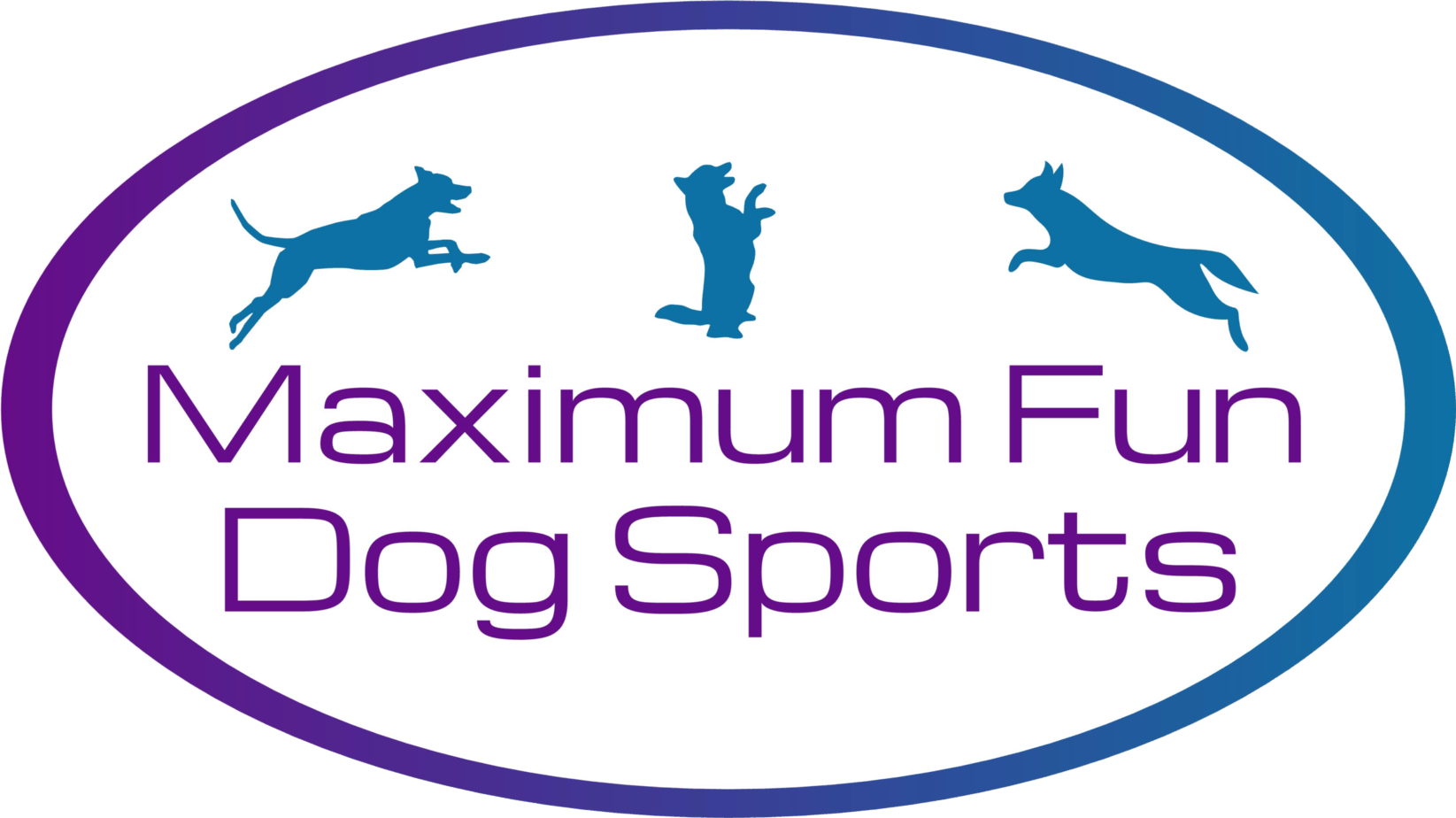Written by Lorrie Reynolds
Categories
She sat in the chair, heart pounding, sweating, and visibly shaken. “Holy cow! I get it now,” she said. “I can’t believe I’ve been doing that to my partner.”
No, she wasn’t in an intense counseling session for her marriage. She was in one of my Distance Foundations seminars!
For years, during my seminars, I’ve been putting two chairs at the front of the room, with a volunteer from the class in one and me in the other. Here’s the scenario I give them:
“Your best friend has been seriously injured and needs to get to the hospital. I know where we are going, but I can’t drive, so I’m going to navigate for you. We need to get there as quickly as possible to save your friend.”


I ask them to grab the imaginary wheel and get ready to put their foot on the gas. Then I start yelling directions. “Let’s go! Left, no right! I meant right! Hurry! You missed the turn – turn around, turn around! Watch out for that cat! Aargh! Oh my gosh, you have to hurry! WAIT! You missed the turn again! Flip a U-turn here! Don’t slow down! Take the right fork – oh I meant left! Go back!”
By the end of the 20 or 30 seconds, my volunteer is usually either in a panic, or ready to wring my neck (or both).
While my volunteer is recovering, I explain that THIS is what we are doing to our dogs when we are on course and not giving clear, timely, and correct cues. We have a discussion about how the driver feels, and the answers are usually frustrated, panicked, and ready to give up. We talk about the fact that she didn’t want to go fast because she had to repeatedly slam on the brakes, she started to question if I even knew where I was going, and how unfair it is to be told to turn when you are already at the intersection.
Then we start again. Same scenario, same sense of urgency, but this time my navigation is very different.
It sounds more like this: “Let’s go! In three blocks, take a right! At the next intersection, go left! Floor it, we’re going straight for a quarter of a mile! At the fork ahead, veer right! Go left at the next stop light! The driveway will be on your right on the next block! Great job – you got us here in time!”
After a round of applause for my driver, we talk about the difference between the two “hospital runs” we’ve done. The driver still usually has an adrenaline rush in the second one (imagination is a powerful thing), but she reports feeling more confident, calmer, willing to go full speed, and she no longer talks about getting a new navigator.

It’s a silly exercise, but it is a great illustration of how timing, clarity, and consistency in giving the right cues can affect our dogs on the agility course. Late, unclear, or incorrect cues can cause our dogs to slow down, lose confidence in themselves and in us, question each cue we give, and become frustrated when they have to break their flow to “turn around” and pick up an obstacle we didn’t cue correctly. Late cues cause knocked bars as the dogs try to adjust their direction in mid-air, result in off-courses, and can cause injury as our partners try to do as we ask and make sharp turns to compensate.
Dogs need the cue for the next obstacle or direction as soon as they commit to the current obstacle, not after they have already taken off for the jump, hit the contact zone, or entered the tunnel. Timely (and correct) cues allow them to run more confidently and faster, since they are not worried about “slamming on the brakes” to fix something.
Today’s tip:
Make sure you are cueing the next obstacle or turn as soon as the dog commits to the current obstacle. Timely and correct cues can prevent frustration, off-courses, and injuries and will build your dog’s confidence in themselves and in you.
You Might Also Like…
Five Ways to Crush It at Your Next Dog Agility Seminar
Going to a dog agility training seminar? Check out these five tips to maximize your return on investment!
Read This Before Deciding on Your Agility Dog’s Contact Performance
Which contact performance, running or stopped, is right for your team? The answer might surprise you.
Is Your Agility Dog a Pinto or a Ferrari?
If you’ve moved up from a slow or moderately-fast agility dog to a speed racer, here’s some advice to make your life easier.
Get tips, stories, discounts, and early notification of events and new courses delivered straight to your inbox! Join the community!
Cover photo: Courtesy of Stover Photography




0 Comments